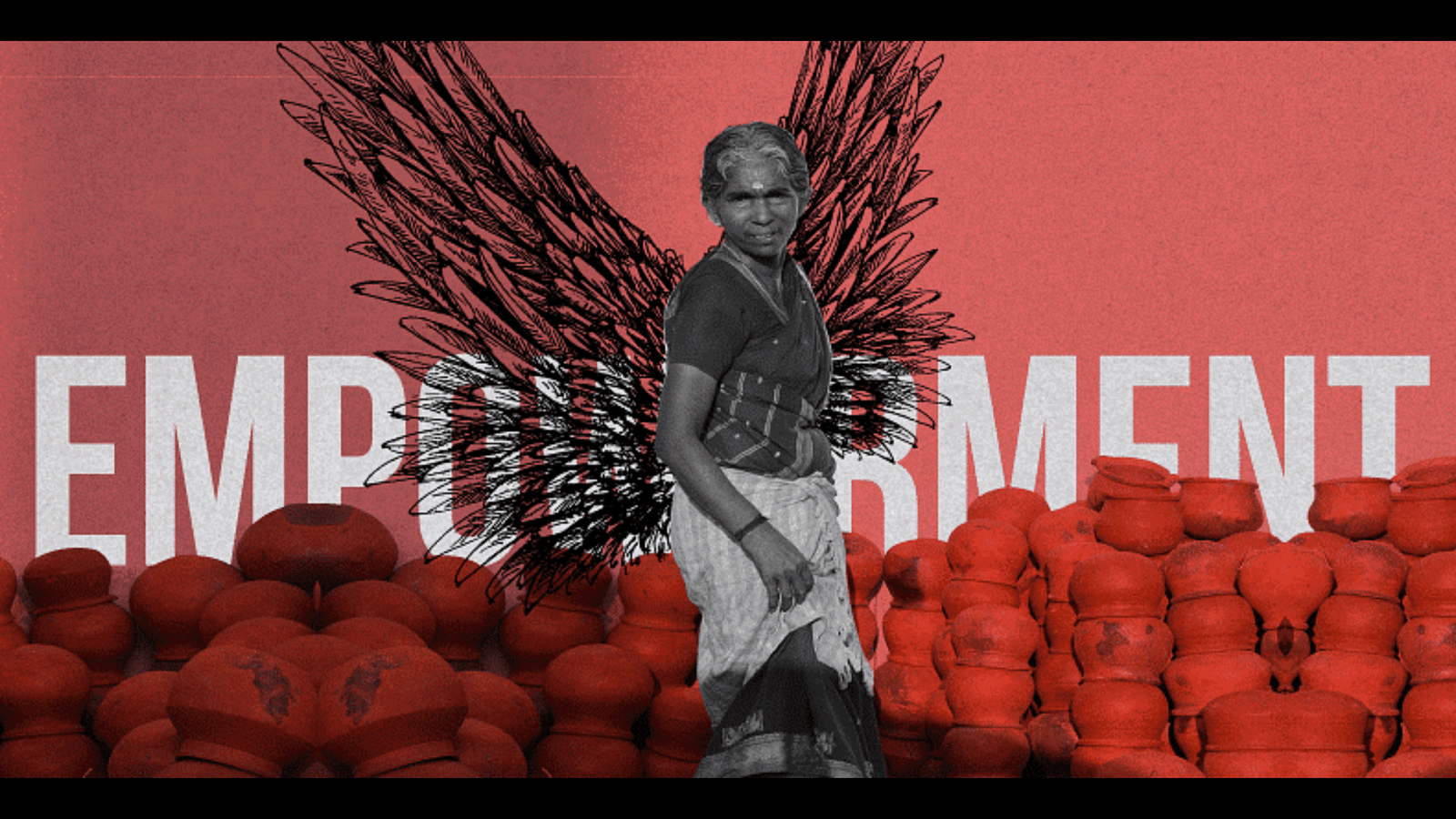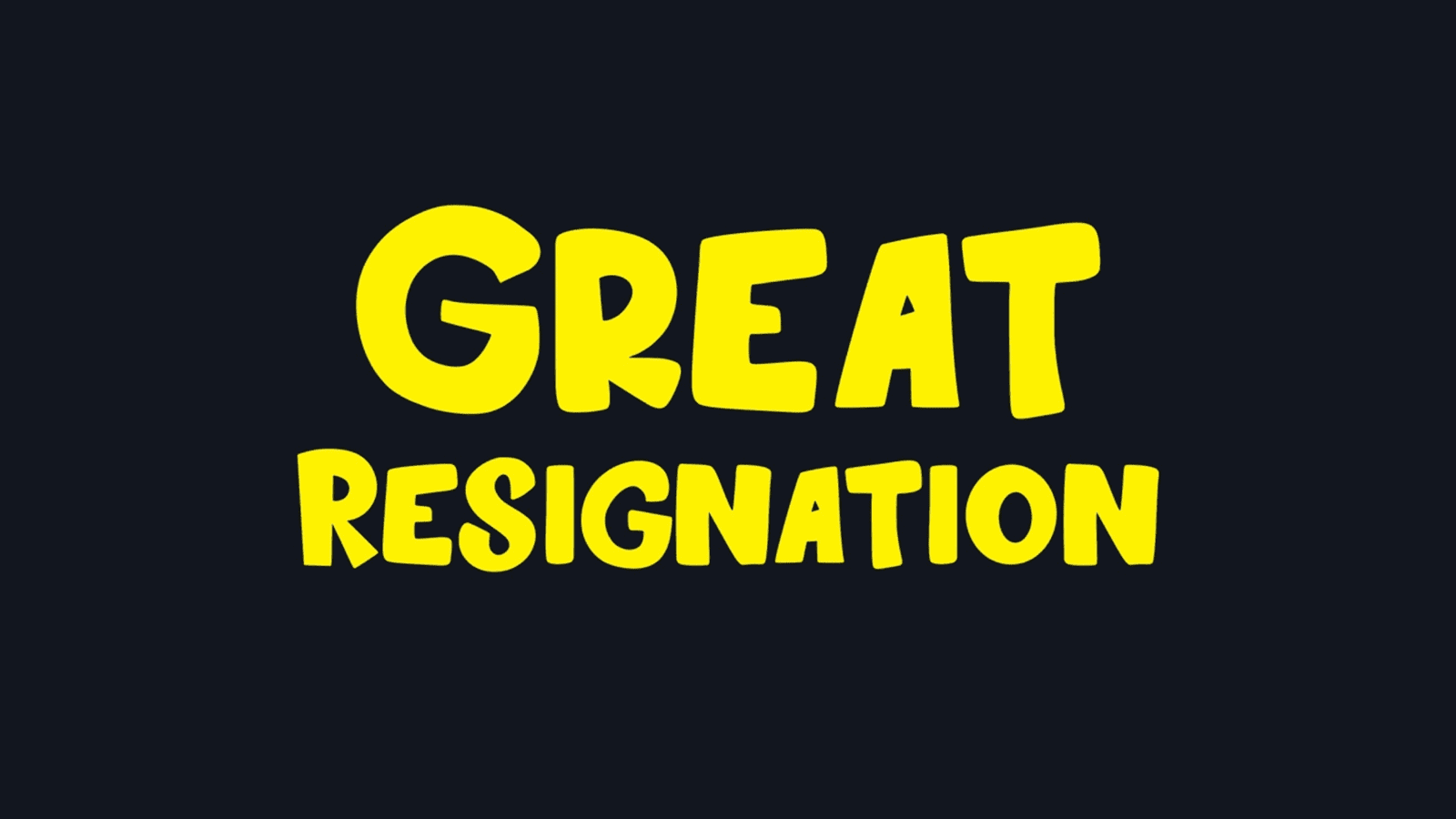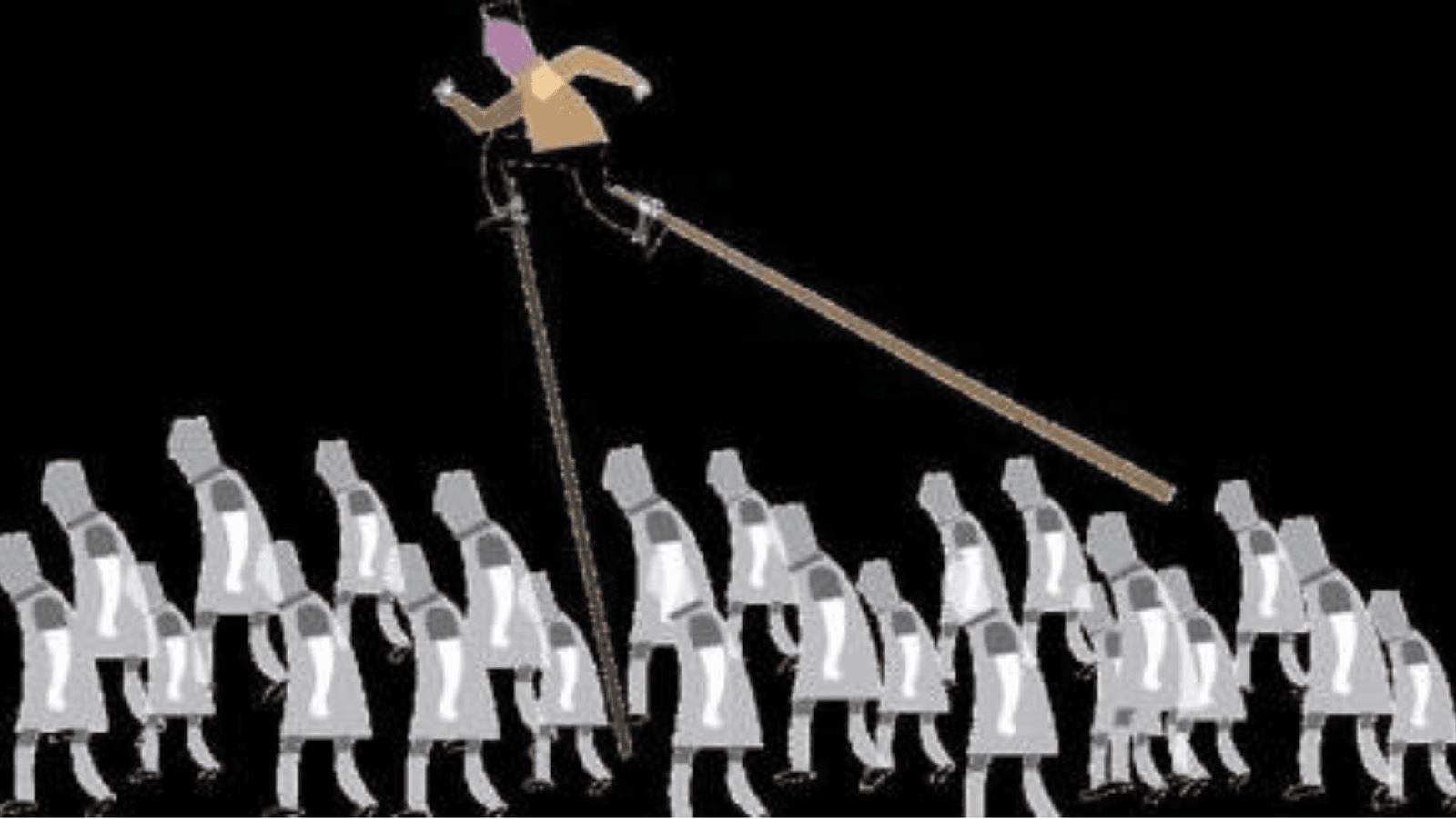
The News:
Republicans in US have been railing against the ‘Critical Race Theory’, with many state legislatures controlled by the party passing laws restricting how race can be taught in schools.
This has been seen as a right wing backlash against nationwide protests that erupted after the killing of George Floyd.
Critical Race Theory:
Critical Race Theory began as a leftwing academic discussion in the 1970s and the 1980s by scholars who were studying the lack of racial progress following the passing of the landmark civil rights laws in the decade preceding.
Put simply, CRT examines American history through the lens of racism, and acknowledges that systemic racism is part of the country’s society.
Kimberle Crenshaw, who is among the founding scholars of the concept, writes that, “It is an approach against the history of White Supremacy, and rejects the belief that laws and systems that grow from the past are detached from it.”
Critical Race Theory asserts that laws are not always transformative, but can also play a role in establishing the very rights and privileges that the legal reform was set to dismantle.
Right wing leaders lashed out against CRT and the Educational Curriculum teaching the impact of slavery in the US as ‘revisionist history’ and ‘a crusade against American history.’
Sociological Analysis:
In their Book- Critical Race Theory: an Introduction, Delgado and Stefencic write that one of the premises of CRT is that Race and Races are products of social thought and relations and categories that society invents, manipulates and retires when convenient.
They also believe that intersectinality (a term coined by Kimberle Crenshaw) is another premise of CRT. Intersectionality states that ‘No person has a single, easily stated, unitary identity. Everyone has potentially conflicting, overlapping identites, loyalities and allegiance. Hence, an individual may face multiple types of overlapping discriminations.
Khiara Silva writes that science (as demonstrated in the Human Genome Project) refutes the idea of biological racial differences. Hence, she asserts that race is not biologically real, but socially constructed.
Mari Matsuda described CRT as the work of progressive legal scholars seeking to address racism in laws. She thus argues that law is not always objective and apolitical.
In the field of Education, Daniel Solorzano believes that CRT challenges the dominant ideology of objectivity of scholarship.
Bonilla Silva argues that racial inequality often gets misrecognized as a natural process rather than a by-product of racial domination. She gives an example in form of white segregation in US. Rather than explaining this through process of white discrimination and whites seeking to ‘flock together’, the reality is often explained through a colorblind logic such as ‘like minded people gravitate together.’
CRT also speaks of ‘Microaggressions’. Microaggressions refer to seemingly minute, often unconscious, quotidian instances of prejudice that collectively contribute to racism and subordination of racialized individual by dominant caste.
However, as a counterview, Daniel A. Farber is critical to CRT, and argues that the theory relies heavily on an implausible belief that reality is socially constructed and rejects evidence in favor of storytelling.
Farber and Sherry believe that CRT contains anti-meritocratic principles that can have far reaching implications.
A 1999 Boston College Law Review article asserted that Critical Race Theory undermined confidence in the Rule of Law.









































































































